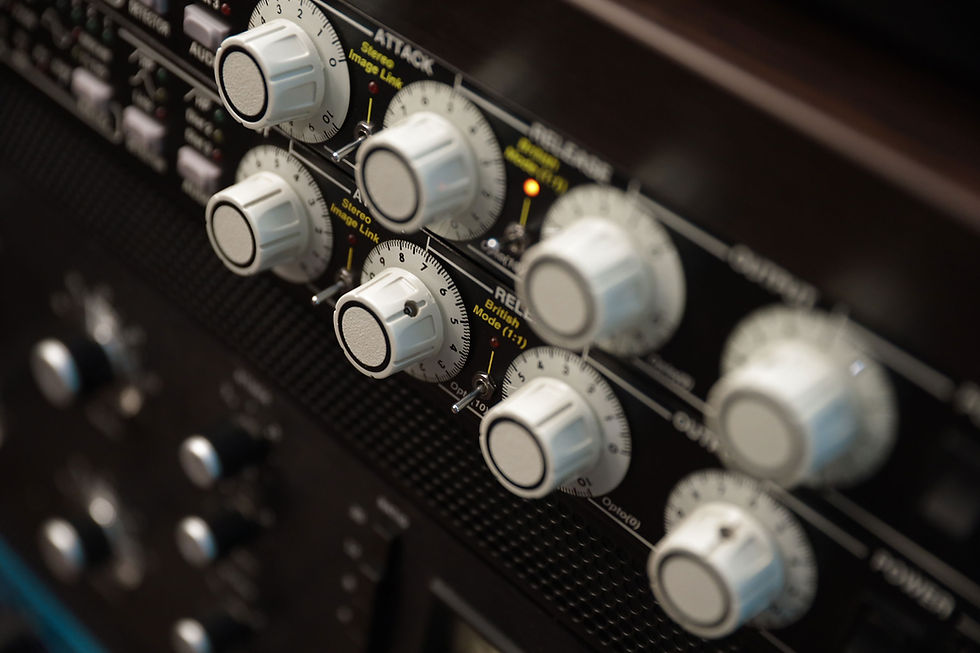The Second Lesson: Recording Your Music
- Blog Writing King

- Jan 16, 2023
- 2 min read

The recording process follows the pre-production stage of making an album. This is where the musician(s) will first record their music for posterity. Professional recording studios and personal computers equipped with audio recording software both allow for this. This is where the artist(s) will lay down their vocals, instruments, and anything else that will be used in the final mix.
An essential part of making an album is capturing the music in its unprocessed form. This is the stage at which the artist's conceptualization of the work is given concrete form via the creation of recorded soundscapes. Having a firm grasp of microphone methods, signal flow, and audio recording equipment is crucial for producing professional-quality recordings.
The recording artist(s) may take use of a broad variety of tools and amenities in a professional studio. The microphones, preamps, and outboard equipment are all of the highest quality. Studio environments may be carefully managed to provide optimal conditions for recording. Of course, not many musicians can afford to record in a professional studio.
Using digital recording software, you can record at home instead of going to a studio. In addition to being more financially feasible, this choice also gives the artist(s) greater creative freedom throughout the recording process. Software packages for digital recording, like as Pro Tools, Logic, and Ableton Live, provide a broad variety of capabilities and controls that help the artist(s) create a professional-sounding final product.
In addition, the artist(s) will have to choose the microphone setup and method throughout the recording process. The microphone, its distance, and its degree of inclination must all be considered. These selections are vital in ensuring a high-quality recording since they will have a significant impact on the final product's sound.
Artist(s) will also have to choose preferred recording medium. The resolution and bit depth of an audio recording are what are meant by "recording format." High-resolution formats like WAV and AIFF and compressed formats like MP3 are the most popular choices. The best way to ensure a high-quality recording is to choose a high-resolution format, but these files tend to be very large.
To sum up, the recording process is an essential part of making music. It's where the artist's idea for the project is realized in recorded sound for the first time. In order to make a professional recording, one must be well-versed in microphone methods, signal flow, and audio recording equipment. The recording process may take place in either a professional studio or at home using digital recording software; the decision will ultimately come down to the artist and his or her tastes and budget.





Comments